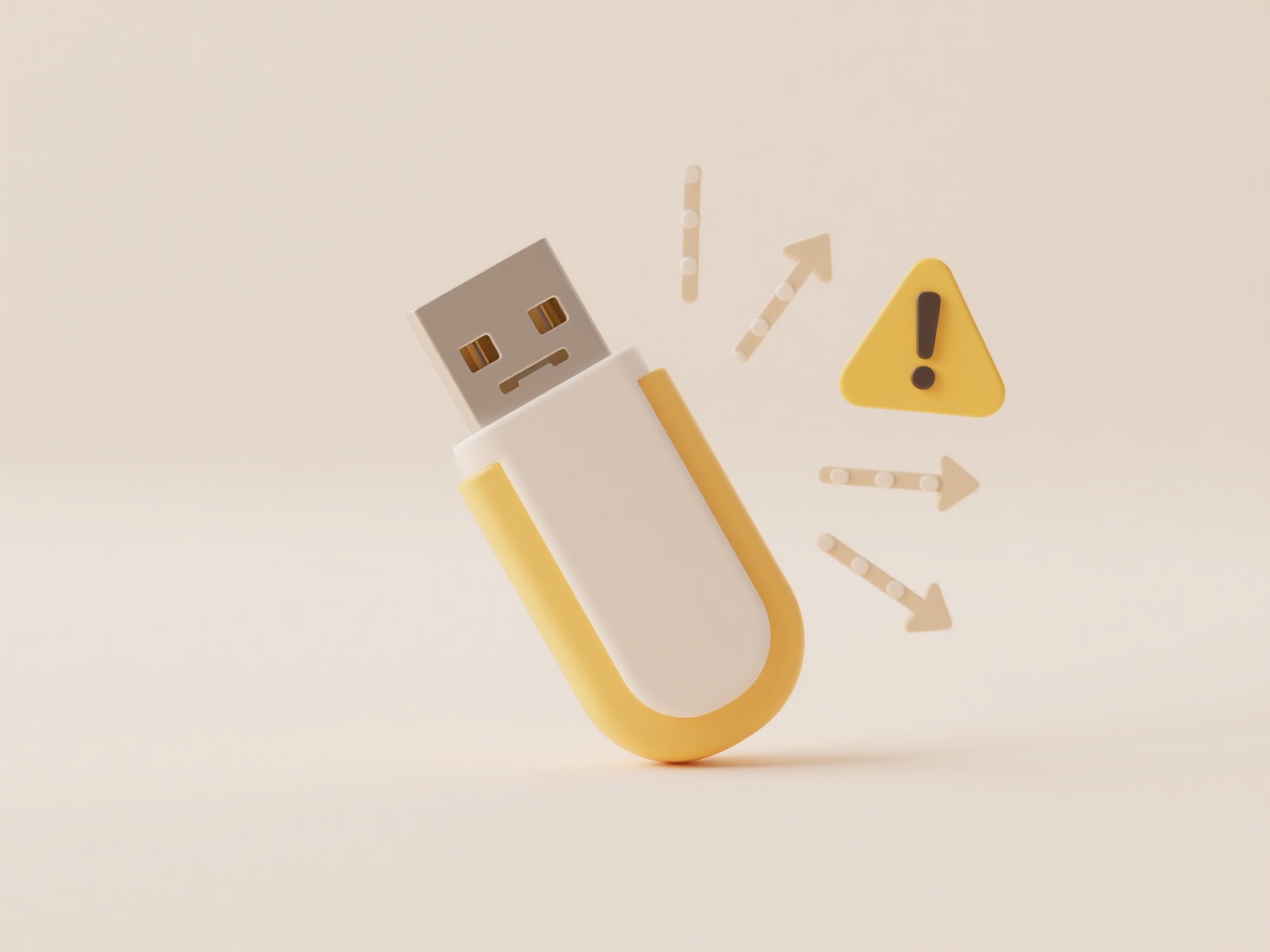
Email clients generally do not save duplicate files automatically when downloading multiple attachments. When you save an attachment to your computer, the email client (like Outlook, Apple Mail, or webmail interfaces) typically writes the file directly to your chosen folder using the filename from the sender. If you attempt to download the same attachment file again using the same filename into the same location, your operating system (Windows, macOS, Linux) will usually prompt you to overwrite the existing file, rename the new download, or cancel the action. This prevents an identical duplicate from being created unintentionally in that specific folder path.
However, duplicates can occur through other actions. Manually downloading the same attachment multiple times into different folders will create separate copies. More commonly, duplicates arise if you receive the same file attachment in multiple separate emails (e.g., a PDF forwarded several times) and save each one without realizing it's identical. Collaboration scenarios or repeated project updates often cause this in business or personal communication. Automatic backup tools syncing the download folder might also inadvertently create extra versions.

While direct saving by the email client avoids instant duplication in the same folder, user actions remain the primary source of duplicate files. This wastes storage space and causes clutter. Some modern clients or add-on tools might offer features to detect potential duplicate attachments before download or help manage existing duplicates, but this functionality is not standard. Being mindful when saving files and organizing your downloads remains the best practice to avoid clutter.
Can email clients save duplicate files when downloading attachments?
Email clients generally do not save duplicate files automatically when downloading multiple attachments. When you save an attachment to your computer, the email client (like Outlook, Apple Mail, or webmail interfaces) typically writes the file directly to your chosen folder using the filename from the sender. If you attempt to download the same attachment file again using the same filename into the same location, your operating system (Windows, macOS, Linux) will usually prompt you to overwrite the existing file, rename the new download, or cancel the action. This prevents an identical duplicate from being created unintentionally in that specific folder path.
However, duplicates can occur through other actions. Manually downloading the same attachment multiple times into different folders will create separate copies. More commonly, duplicates arise if you receive the same file attachment in multiple separate emails (e.g., a PDF forwarded several times) and save each one without realizing it's identical. Collaboration scenarios or repeated project updates often cause this in business or personal communication. Automatic backup tools syncing the download folder might also inadvertently create extra versions.

While direct saving by the email client avoids instant duplication in the same folder, user actions remain the primary source of duplicate files. This wastes storage space and causes clutter. Some modern clients or add-on tools might offer features to detect potential duplicate attachments before download or help manage existing duplicates, but this functionality is not standard. Being mindful when saving files and organizing your downloads remains the best practice to avoid clutter.
Quick Article Links
Can I dry run a batch rename to test it first?
A dry run for batch renaming is a simulation mode available in many file management tools. Instead of immediately changi...
What are common mistakes when organizing document folders?
What are common mistakes when organizing document folders? Ineffective document organization often stems from inconsis...
Can I rename files for better SEO?
Renaming files for better SEO involves changing filenames to be more descriptive and keyword-rich, making them easily un...